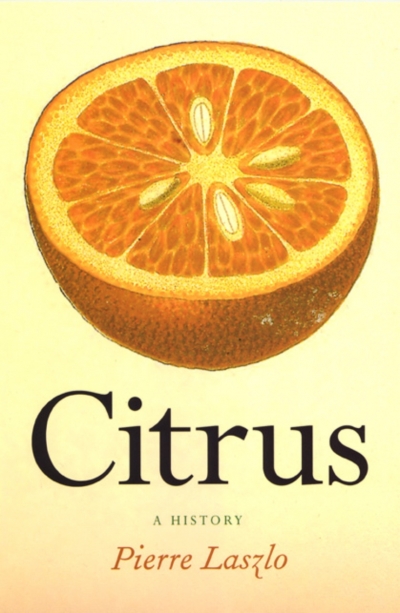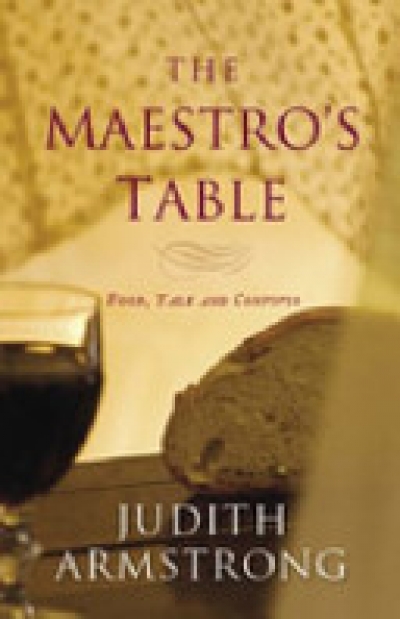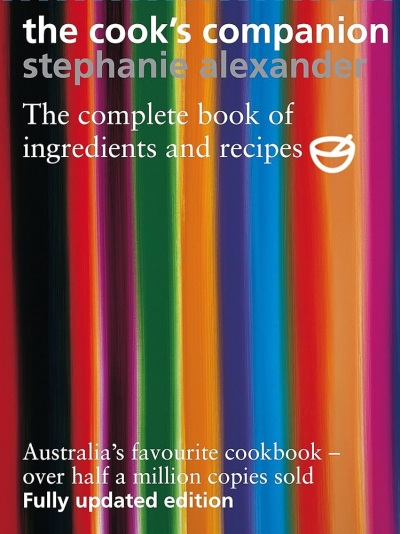Food
One Continuous Picnic: A gastronomic history of Australia by Michael Symons
by Leo Schofield •
The Maestro’s Table: Food, talk and convivio by Judith Armstrong
by Gay Bilson •
Tucker Track: The Curious History of Food in Australia by Warren Fahey
by Eleanor Collins •
The Cook's Companion by Stephanie Alexander & Plenty by Gay Bilson
by Richard Johnstone •
The Age Good Food Guide: 7th edition by Claude Forell and Rita Erlich
by John Curtain •
One Continuous Picnic: A history of eating in Australia by Michael Symons
by Nancy Keesing •










